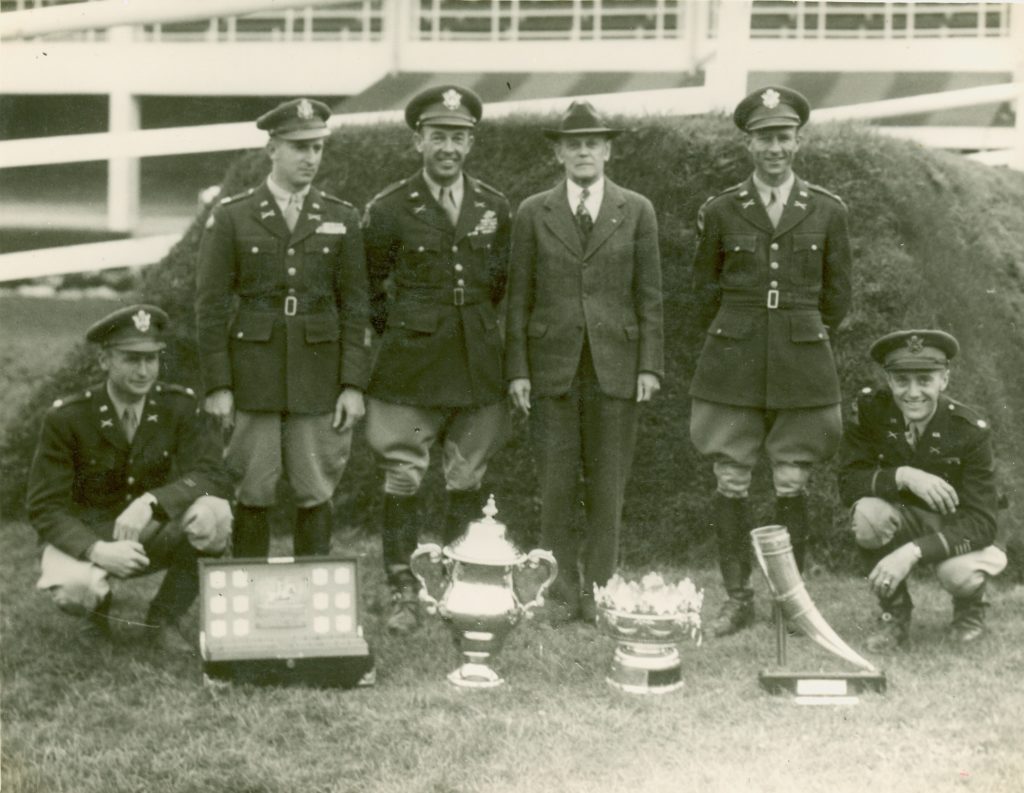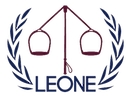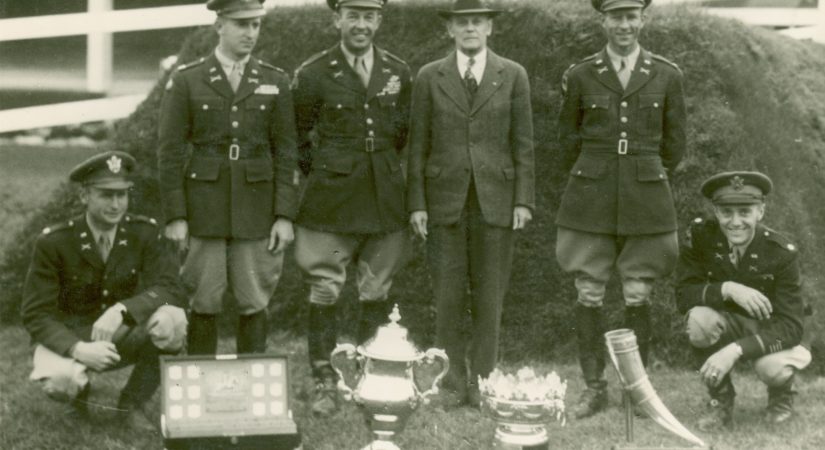The recent Olympic Games showed us the depth and expertise of our nation’s equestrian talent. Under the US Equestrian (USEF) program, the U.S. Olympic equestrian teams brought home two team silver medals. While people are differing over whether the new format is an improvement, no one can argue that the jump off for medals was not a thrilling event. The women and men selected to our Olympic teams and the support program that got them there are the best in the world. So, it’s worth examining how the United States developed into a country with sustained equestrian excellence on an international stage.

Prior to 1945, international equestrian teams were fielded by the U.S. Cavalry. Pictured here is Lt. Colonel C.H. Anderson; Captain J.W. Russell; Colonel F.F. Thomson; General Henry; Colonel F.F. Wing; and Lt. Colonel C.A. Symroski at the Dublin Horse Show. Photo courtesy of USET archives.
Well over a century ago and through the 1936 Olympic Games in Berlin, Germany, the United States Cavalry was responsible for fielding the country’s international equestrian teams. During that period, the American Horse Shows Association (AHSA) was formed in 1917 by 50 horse show organizations to maintain clean competition and fair play in show rings across the United States. After World War II ended in 1945, however, the U.S. Cavalry decided that horses had no place in a modern military and transferred the responsibility of the country’s international equestrian efforts to the AHSA.
However, because the AHSA was a not-for-profit organization focused on horse shows on home soil and international competition was, and continues to be, an expensive undertaking, a number of benefactors formed the United States Equestrian Team (USET) in 1950 as a separate not-for-profit organization that would facilitate training, selecting, coaching, and sending our equestrian athletes to the Olympic Games and other international competitions.
For many years, the AHSA and USET symbiosis worked well, with the AHSA retaining the title as National Governing Body (NGB) for equestrian but focused squarely on horse shows and equestrian breeds throughout the U.S. The USET was responsible for funding, developing, and sending equestrian teams to the Olympic Games, the World Championships, and other international competitions. In short, the two organizations held separate responsibilities but worked alongside one another to fulfill all the needs of the NGB for equestrian sport.
Unfortunately, with the passage of the Ted Stevens Olympic and Amateur Sports Act of 1978 (Sports Act) and the bylaws of the newly-formed United States Olympic Committee (USOC), the AHSA no longer complied with its obligations as an NGB because it was not responsible for fielding the Olympic teams. The USET, on the other hand, was not involved in managing the national aspects of the sport. In short, while each organization handled some duties of an NGB, neither handled them all. As a result, in 1999, the USOC made clear to both organizations that there could only be one NGB for equestrian and that NGB had to manage the sport both at the Olympic and international level as well as the national pipeline and sport. Although the arrangement had worked well for the sport, the USOC’s bylaws served as the impetus for the sport’s leaders to decide how to form an NGB that would serve all aspects of the sport. In August 2000, after the Sydney Olympics, the legal challenge for NGB status began. Three years later, a settlement was agreed to by the AHSA and the USET that formed the foundation of our sport today.
The NGB settlement was ratified by both organizations in 2004, and the result was one national governing body, USA Equestrian—the precursor to US Equestrian (USEF)—and the United States Equestrian Team Foundation (USET Foundation). As the NGB, USEF is responsible for upholding standards related to quality and safety in U.S. competition across breeds and disciplines, as well as the development and training of emerging and high performance athletes and teams. The USET Foundation, which was created to serve as the philanthropic partner to USEF, has a singular mission of fundraising to support the USEF high performance programs and Olympic and Paralympic efforts. With the critical support of the USET Foundation and the program administration of USEF, a strong pipeline of programs for emerging and developing athletes has been developed. These two organizations have created the depth that will enable our country to have sustained excellence on an international stage into the future.
Reflecting on our sport today, I’d say this “clash of titans,” while challenging at the outset, has worked out very well. Fundraising and membership have never been better, the organization of our sport is more effective, and international teams and national breeds are stronger. US Equestrian was like the phoenix that arose from the ashes of these two titans but unlike the phoenix, USEF is here to stay. I look forward to the equestrian team’s success at the upcoming Tokyo Paralympics, World Championships, the 2024 Olympic and Paralympic Games in Paris, France, and beyond.
This article originally ran in the October 2021 issue of Sidelines Magazine.

